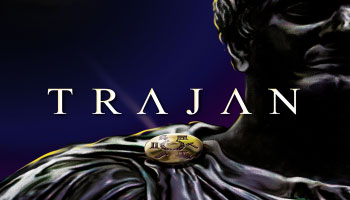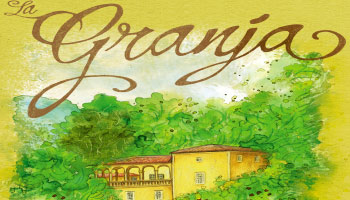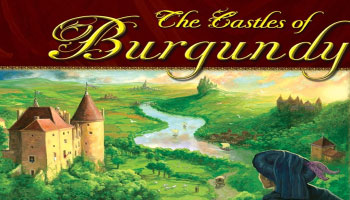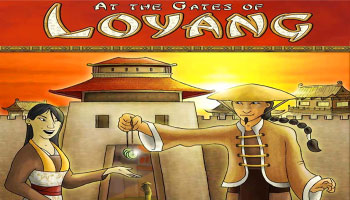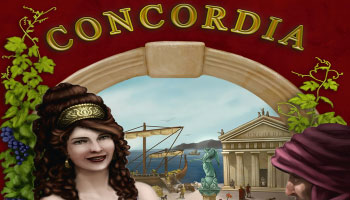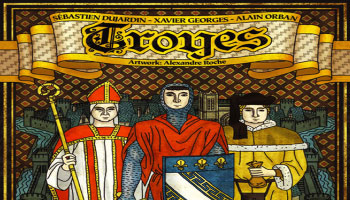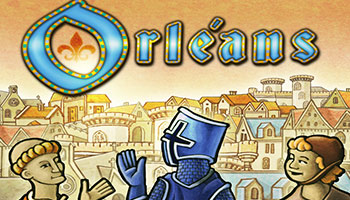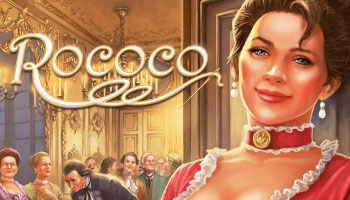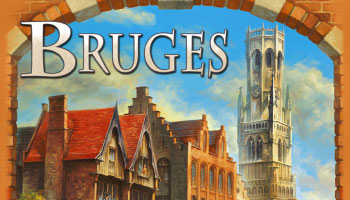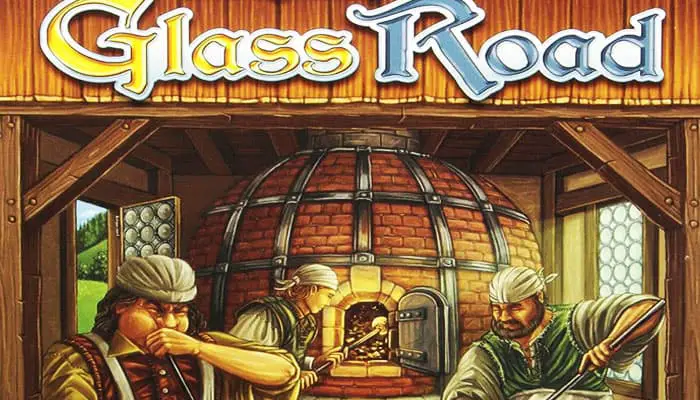
Components
- 1 Building board
- 4 Landscape boards
- 4 Production boards
- Glass wheel Brick wheel
- 4 sets of 15 Specialist cards
- 40 Good tokens
- 51 small Landscape tiles
- 24 large Forest tiles
- 93 Building tiles
- 1 sheet with stickers for the Good tokens
- 1 Start player goblet
- Instructions
Object of the Game
In Glass Road, you will produce glass over four building periods. Aside from glass, you will need to produce bricks and collect wood and clay to build buildings.
Only the value of your buildings will determine your final score and whether you will win the game or not. To accomplish this task, you will need the help of a variety of specialists. When choosing your specialists, try to anticipate which ones your opponents will choose to use your own more effectively. …

















